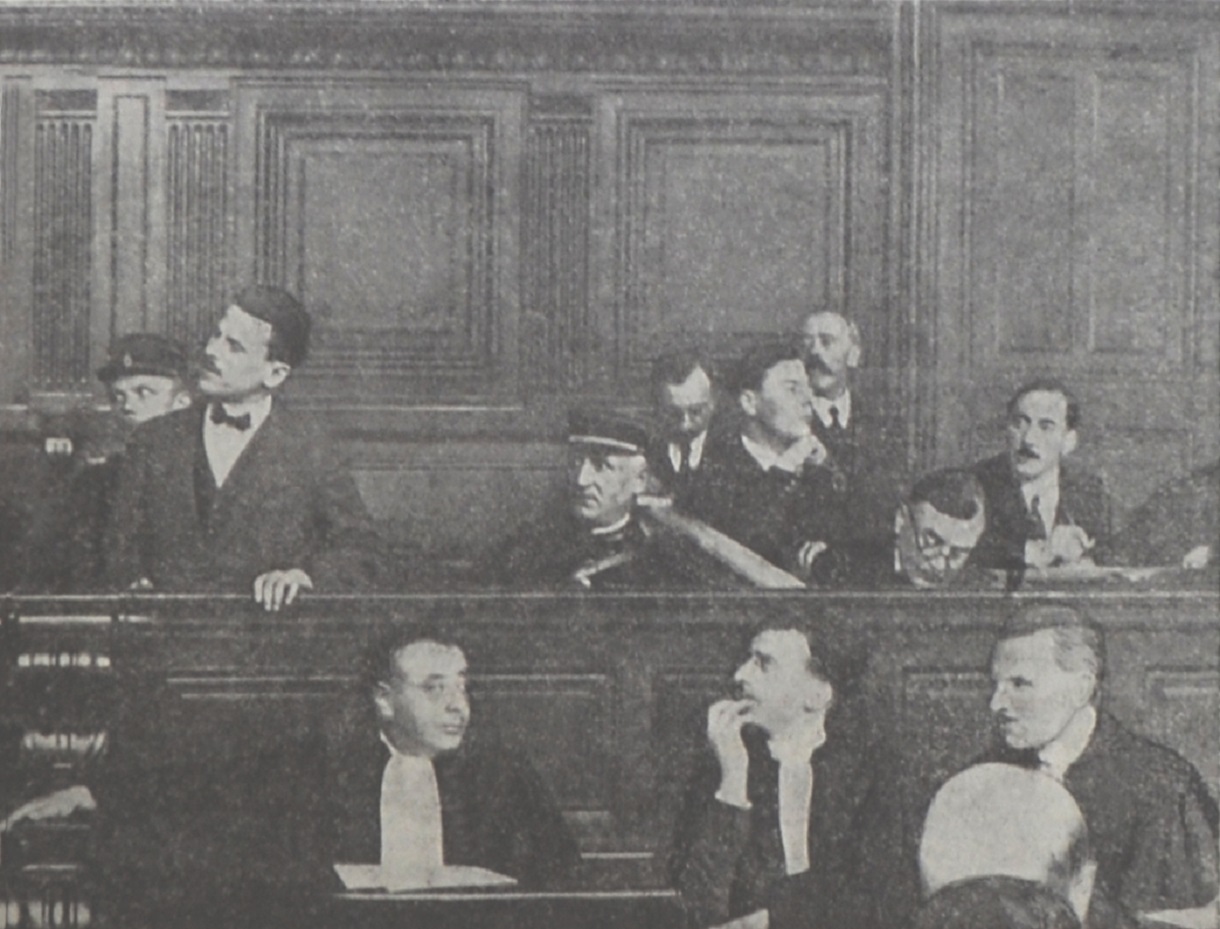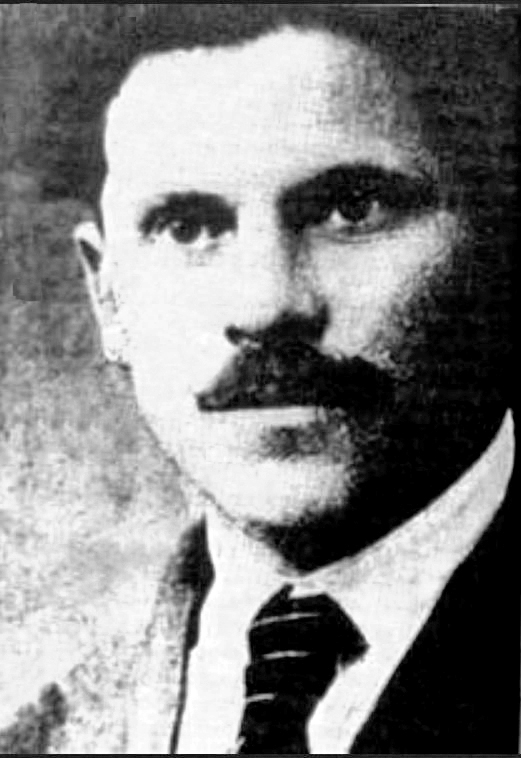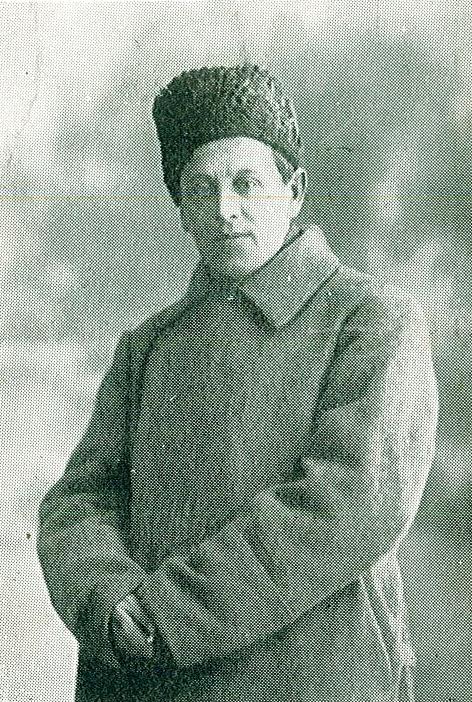“Behind me stand hundreds of thousands of saints, a camp full of tortured victims staring silently at you and demanding justice. Not mercy – only justice. I stand before you here with them, with all my heart and soul.” If those lines sound familiar to you, you have a healthy grasp of history. These words taken from the closing argument in Sholom Schwarzbard’s trial in 1927 are remarkably similar to Gideon Hausner’s opening speech in the Eichmann trial – a speech that rocked the nation and is eternally etched in Israel’s national awareness.
Did Hausner’s preparation for the trial of his life include a search for inspiration in the protocols of the Schwarzbard trial that took place in Paris 34 years prior to Eichmann’s? That is not an unreasonable assumption. There is a deep affinity between the Eichmann and Schwarzbard trials. Both showcase trials addressed the bloody aftermath of mass murder of Jews. One focused on the horrors of the Holocaust, the other on the Ukrainian pogroms during the Russian civil war. The effect on the nation in both trials made the personal roles of defendants Eichmann and Schwarzbard utterly irrelevant.
But there was a significant difference between the two cases. The defendant in the Eichmann trial was the architect of the Final Solution, a monster disguised as a man – while the defendant on the stand in the Schwarzbard trial was a humble Jewish watchmaker who took the life of Szymon Petliura to avenge the acts of yet another despot who rose up against the Jews.

The story began in 1917, at the end of World War I. Civil war erupted in Russia between the White forces loyal to the czar and the Bolshevik Reds. Petliura – who served during that period as the head of the Ukrainian cabinet allied with the Whites – marked the Jews as Reds, ordering and bolstering hundreds of pogroms against Jews in Ukraine. An estimated 1400 pogroms took place in Ukraine in the years 1918-1921, most of them in 1919 during Petliura’s term. There were an estimated 100,000 casualties.
That 10% of the murdered were children made these pogroms particularly devastating. Among other gut-wrenching acts, the rioters raped women and children, grandmothers and their granddaughters, dragged Jews through the snow, amputated limbs, burned houses with the Jews locked inside, and ripped unborn children from their mothers’ wombs.
Twelve members of Sholom Schwarzbard’s family were among the murdered. He was born in Ukraine, served in the French Foreign Legion during World War 1, and settled in Paris at the end of the war, where he worked as a watchmaker. When Schwarzbard discovered that Petliura was granted asylum in Paris after the war, he decided that he would personally see to it that Petliura’s days were numbered.

Petliura left a restaurant on the Boulevard Saint-Michel in Paris’s Latin Quarter at 2-3 pm on May 25, 1926, 93 years ago this week. Schwarzbard was stalking him.
A few meters down the road, Schwarzbard asked, “Mr. Petliura?”
“Yes,” replied the Ukrainian war criminal.
Schwarzbard drew a pistol and shot him at close range. “This is for Proskurov!” he shouted, “And for Berdichev! And Uman! And Chersky! Murderer! This is for the massacres, the pogroms!”
After the first five shots, when Petliura was lying in a pool of blood on the sidewalk, Schwarzbard aimed his pistol down the sidewalk and fired twice. According to Uri Katzir’s article, “Five Shots on Racine Street,” Schwarzbard knew his arrest was imminent, and he wanted a bullet to leave his gun at the moment of his arrest. When the first policeman arrived at the site of the assassination, Schwarzbard handed over his gun and said, “I have killed a great assassin.” A witness at the scene said that Schwarzbard’s face was not that of a murderer “but of a man who had fulfilled his dream.”
The judge granted both sides 18 months to gather evidence. Thousands of Jews from around the world volunteered to help Schwarzbard and money collected quickly to hire a top-notch attorney in his defense, Henri Torres – who was symbolically the grandson of Alfred Dreyfus’s defender. The trial opened in October 1927, grabbing unprecedented and resounding public attention. That Schwarzbard was a decorated World War 1 hero awarded a French medal for bravery earned him broad public support. Petliura, on the other hand, was considered by the French to be a loathed murderer, who exploited lax immigration laws to seek asylum in France.

But the real game-changer was Henri Torres’s genius legal acrobatics. He succeeded in turning the deliberation from that in a common murder trial to a harsh indictment of the Ukrainian leadership led by Szymon Petliura. Like Hausner – who used the showcase Eichmann trial to present for the first time the first-hand testimony of Holocaust survivors – Torres called witnesses to the stand who had survived Petliura’s pogroms. They were the first to present an unfiltered account of the carnage. Among the witnesses was Leo Motzkin, head of the Zionist movement, who emotively recalled in a quivering voice his experiences as a child in the pogroms. There was utter silence during Motzkin’s testimony and not a dry eye in the house.
Motzkin’s statements were supported by historian Victor Tcherikover’s detailed documentation of the horrors. Tcherikover quoted Petliura’s responses to a Jewish delegation that requested that he order an end to the riots. “I can’t do a thing,” said Petliura. “The riots strengthen discipline among my ranks.”
At the end of the trial, the jury unanimously acquitted Schwarzbard. The news spread quickly throughout the Jewish world, rousing an enthusiastic outburst. Parades and spontaneous celebrations took place throughout Europe’s cities and towns. The news also traveled to Israel, where the city of Tel Aviv expressed unbridled joy. The Ukraine restaurant on Geula Street changed its name to “Schwarzbard,” and workers in the Keter shoe factory in Rishon Letzion stopped work to dance for joy.
After the trial, Schwarzbard became a national hero and he has been called “The Avenger” ever since. He died in South Africa in 1938, and in 1968, his bones were brought to Israel for burial in accordance with his wishes.
Like many other fine figures, Schwarzbard fell prey to Israel’s national Alzheimer’s. Years later, his name and heroic story nearly vanished from Israel’s memory. Szymon Petliura, on the other hand, has become a national hero in his motherland Ukraine. Don’t look for justice. You won’t find it in this case.